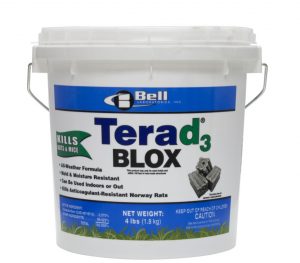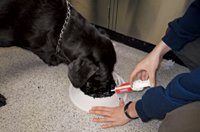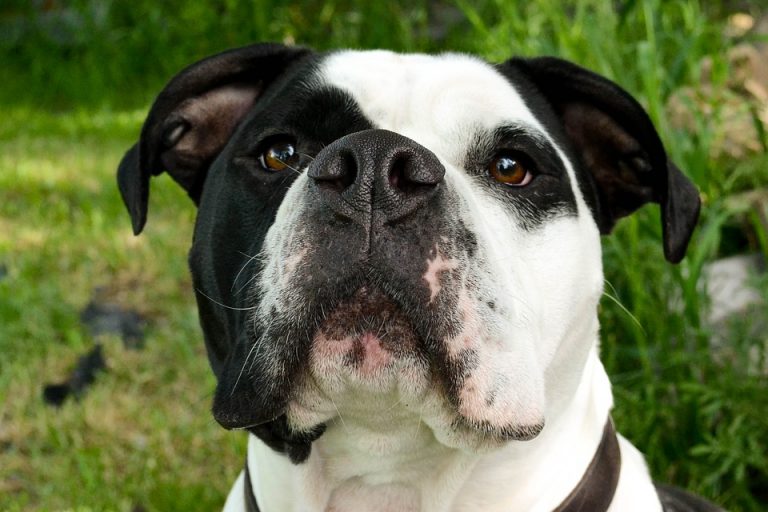Every day I take a multi-vitamin. After all, medical doctors advocate vitamins are healthy supplements when taken appropriately. The same is true for dogs and cats. Unfortunately, too much of some vitamins is not good. In fact, ingestion of toxic amounts of specific vitamins can be deadly. This week, I wanted to share information about cholecalciferol or vitamin D intoxication. Please share this information with other pet parents you know. Happy reading!
Cholecalciferol – What it is?
Cholecalciferol is specifically vitamin D3. Common sources include:
- Certain rodenticides (i.e.: Quintox®; Terad3 Blox®)
- Over-the-counter vitamin D3 supplements
- Medications containing calcitriol
- Diets with high amounts of vitamin D3
- Prescription topical products containing calcipotriene or tacalcitol

Some plants – for example, Cestrum diurnum and Solanum malacoxylon – contain cholecalciferol, but intoxication is unlikely because dogs would have to ingest a large amount for clinical signs to develop.
Upon ingestion, vitamin D3 is converted in the liver to a different form called 25-hydrocholecalciferol (also called calcifediol). The kidneys then convert calcifediol to 1,25-hydrocholecalciferol (also called calcitriol). Calcitriol and calcifediol bind to vitamin D3 receptors to cause the gastrointestinal intestinal tract to absorb calcium and the kidneys to decrease excretion of calcium excretion. As a result, blood calcium levels rise, interacts with phosphorus in the blood, and subsequently contributes to inappropriate mineralization of major organs like the kidneys, gastrointestinal tract, liver, heart muscle, and blood vessels.
Cholecalciferol – What does intoxication look like?
After ingestion of toxic amounts of vitamin D3, clinical signs may manifest as quickly as 12 hours later. Initially, intoxicated pets often are lethargic, weak, and have reduced appetites. Other clinical signs include:
- Vomiting
- Increased thirst
- Increased frequency of urination
- Diarrhea or constipation
- Elevated body temperature
- Ptyalism (excessive drooling)
- Melena (digested blood in feces)
- Hematemesis (vomiting blood)
During a physical examination, a veterinarian may note some meaningful changes, including abnormal heart rhythms, abdominal discomfort, uremic halitosis (bad breath associated with abnormal kidney function), and erosions in the mouth.
Cholecalciferol – How is intoxication diagnosed?
Diagnosis of intoxication is relatively straightforward, and is based on suspected or known ingestion of a cholecalciferol product. Pet parents should seek immediate veterinary medical attention for any pet that is suspected to have or is known to have ingested potentially toxic amounts of vitamin D3. Furthermore, they should bring the package/container of the intoxicating substance with them to the veterinary hospital. Toxic quantities are noted below:
- Cholecalciferol – 0.1 milligrams per kilogram of body weight (mg/kg)
- Calcipotriene – 1-3 micrograms per kilogram of body weight (ug/kg)
- Calcitriol – 2.5-3.5 nanograms per kilogram of body weight (ng/kg)
Veterinarians will perform screening blood and urine tests so assess major organ function. They may also recommend certain blood values – ionized calcium, parathyroid hormone, calcifediol, calcitriol – to confirm intoxication if there is any doubt about intoxication.
Cholecalciferol – How it intoxication treated?
Prompt decontamination is indicated for pets have ingested toxic amounts of cholecalciferol. Veterinarians will induce vomiting if the animal ingested the toxic substance less than 4-6 hours prior to presentation. After inducing vomiting, administration of a substance called activated charcoal is given by mouth to slow down / prevent absorption of vitamin D3 through the gastrointestinal tract.

A drug called cholestyramine is often administered in patients with major intoxications. Supportive care to address elevated blood calcium levels is important, and may include intravenous fluid therapy, as well as certain medications that help the body lose calcium through the urinary tract. The prognosis for pets who receive timely and effective treatment is generally good.
The take-away message about cholecalciferol intoxication in our pets…
Cholecalciferol or vitamin D3 can be toxic to dogs and cats when they ingest too much. Toxicity is due to the damage caused by elevated blood calcium levels and abnormal tissue mineralization. Thankfully, prompt recognition and intervention can result in positive outcomes.
To speak with veterinary toxicology experts, please visit the ASPCA Animal Poison Control.
To find a board-certified veterinary emergency and critical care specialist, please visit the American College of Veterinary Emergency and Critical Care.
Wishing you wet-nosed kisses,
CriticalCareDVM





